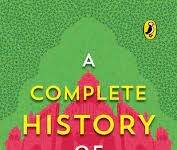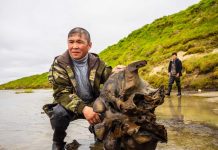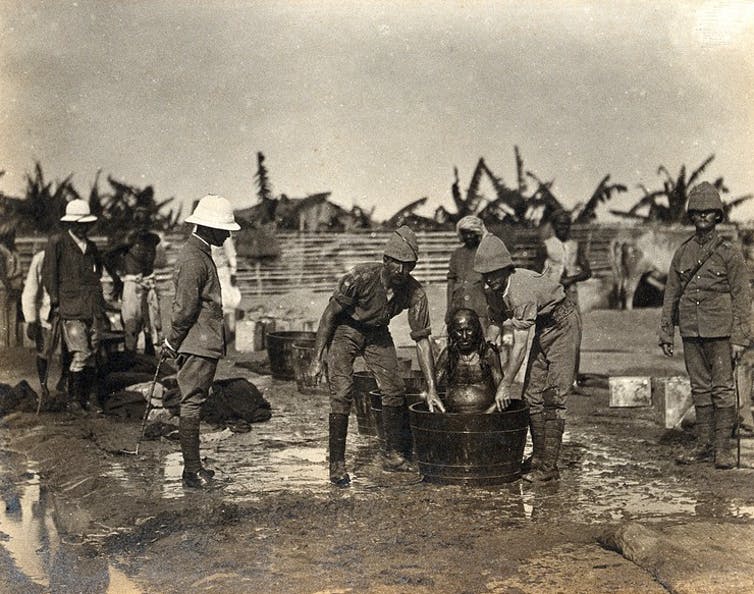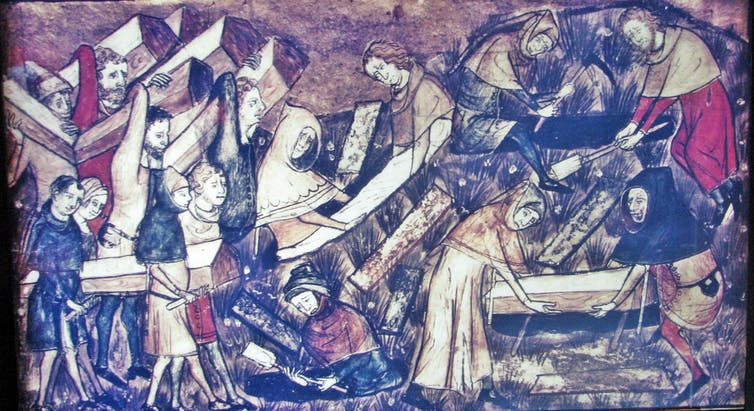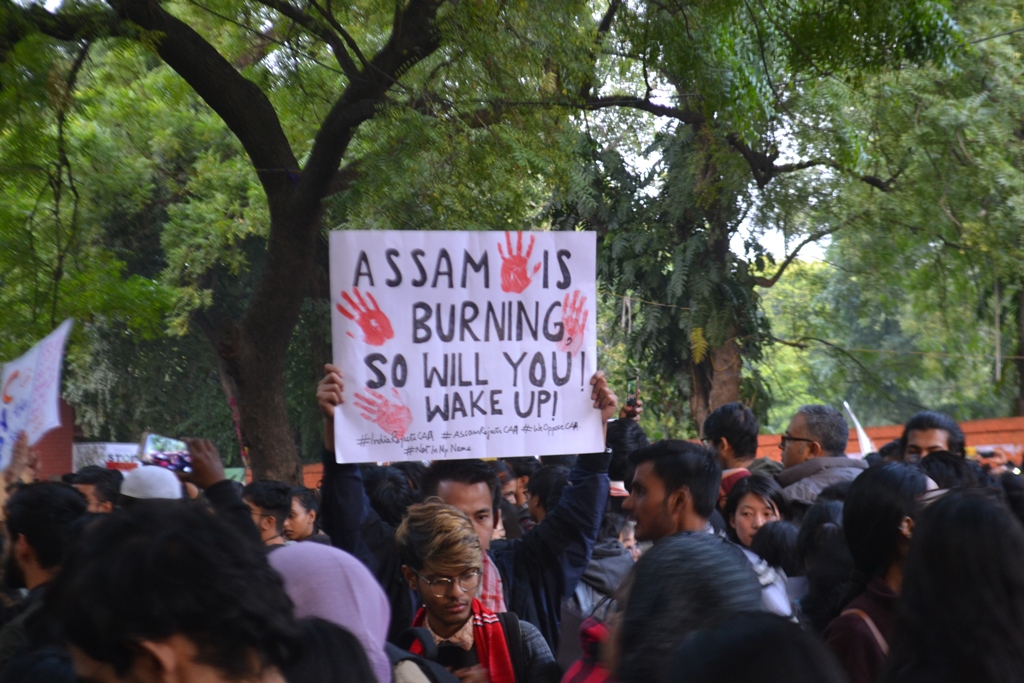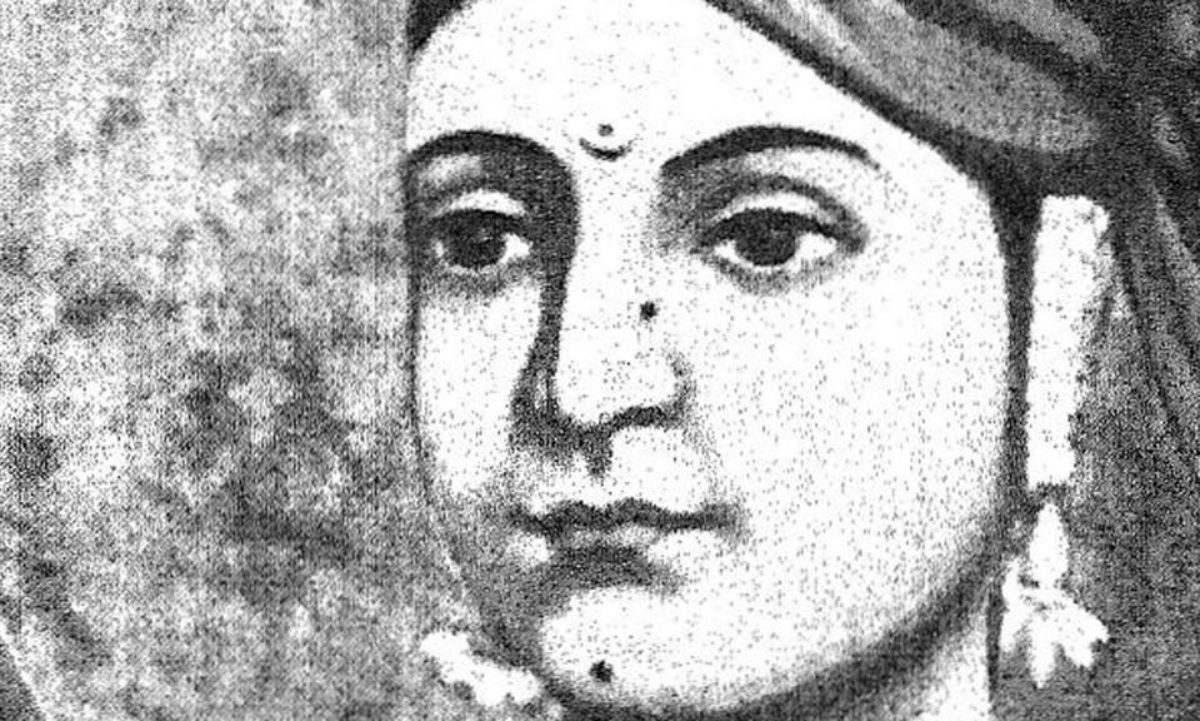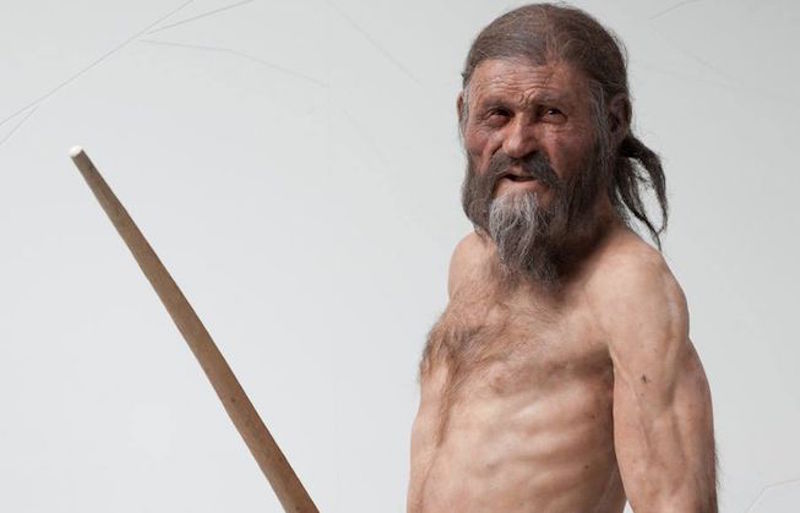
Human history in many ways is a story of humans outliving disease. As humans, we have co-habited this planet with thousands of other species; we have also lived alongside millions of disease-causing as well as harmless microbes. Disease has been a meddling but steady companion in humankind’s journey till date. Ötzi, the oldest known natural mummy was discovered from Alps along the Italian-Austrian border in 1991 by a team of mountaineers and has been the subject of numerous studies by archaeologists and historians. It was discovered from skeletal analysis that he suffered from severe toothache owing to cavities and spondylosis for a very long time till an arrow to his shoulder killed him.Skeletal analysis of his remains also revealed that he had at least been sick three times in the last six months before his murder. Ötzi’s skeleton which is preserved at the South Tyrol Museum of Archeology in Italy is one of the most pertinent set of remains in human history not only because it has greatly advanced our understanding of the Chalcolithic Age which he belonged to, but also in understanding the very essence of human nature.
On a different tangent, archaeology at the Harappan excavation sites has revealed that the health of Harappans was inextricably linked to the sanitation levels of the Indus Valley cities. The deterioration of the Harappan civilization is marked by the poor maintenance of sanitation which resulted in decline of the health of the population. In fact, the spread of epidemic similar to Malaria has been reported as one of the probable causes for the decline of the illustrious civilization. Gwen Schug, Elaine Blevins, Brett Cox, Kelsey Gray and Mushrif Tripathy (2013) have argued that bio-archaeological evidence from Harappa demonstrates the prevalence of infections and infectious disease increased as the civilization moved from 2500 to 1900 BCE. This was also a period which witnessed environmental shifts owing to climate change. The soil had started losing its fertility; the process of dessication had started; aridity was also increasing from the late-mature phase in Harappa. It is also interesting to note that several archaeologists have argued that the environmental changes that impacted Harappan civilization was not only natural; but was man-made to a great extent (George Dales, 1964, N.Lahiri, 2000). The rampant cutting down of trees for fuel for building brick-kilns and the interference with the flow channels of the tributaries of the Indus also led to a detrimental impact on the environment. It can be argued that it was a combination of environmental factors and disease which extinguished the largest Bronze Age civilization from the face of the earth.
A Tale of Bones and Tools from the Chalcolithic Age
Both Ötzi and Indus Valley Civilization leave important lessons for us particularly against the backdrop of the pandemic caused by the Covid-19 virus. The Ötzi’s skeleton reveals that he was an explorer; a traveler who walked great distances over hilly and rocky terrain. Walking long distances was not a characteristic trait of Copper Age cultures, this set him apart from others in his culture. The tools found in Ötzi’s sack which included tools made out of copper, flint and antlers also reveal that Ötzi was a man ahead of his times. Significantly, Ötzi also carried medical herbs with him including a mushroom with anthelmintic properties (a medicine which expels parasites and worms from the body). Ötzi might have been the world’s first botany enthusiast or plant-collector or in the light of the absence of contrary evidence- the world’s first botanist! The long walks he went on, would be justified as Ötzi would have had to forage through forests, vales and grasslands for finding the herbs which might have seemed to be a magical remedy to the culture Ötzi belonged to. Ötzi could also have been a shaman as along with the medical herbs he also had a sophisticated equipment made of flints to make fire. The presence of smoke and herbs to induce a trance like ambience has been noted by anthropologists to be characteristics of shamans from ancient groups. Ötzi’s death must have been abysmal one for his community. The death of the medicine-man was often the death knell for the community. The other tools found in Ötzi’s leather bag included a copper-axe, a chert-blade knife and a quiver with 14 arrows ; all of the tools were quite advanced for the Copper/Chalcolithic Age which he belonged to. Clearly, Ötzi was a man ahead of his times. It might have been the pioneering traits that Ötzi had which ultimately led to his murder; his possession of advanced tools and botanical knowledge must have made him a target of most vile of all emotions, i.e.envy.
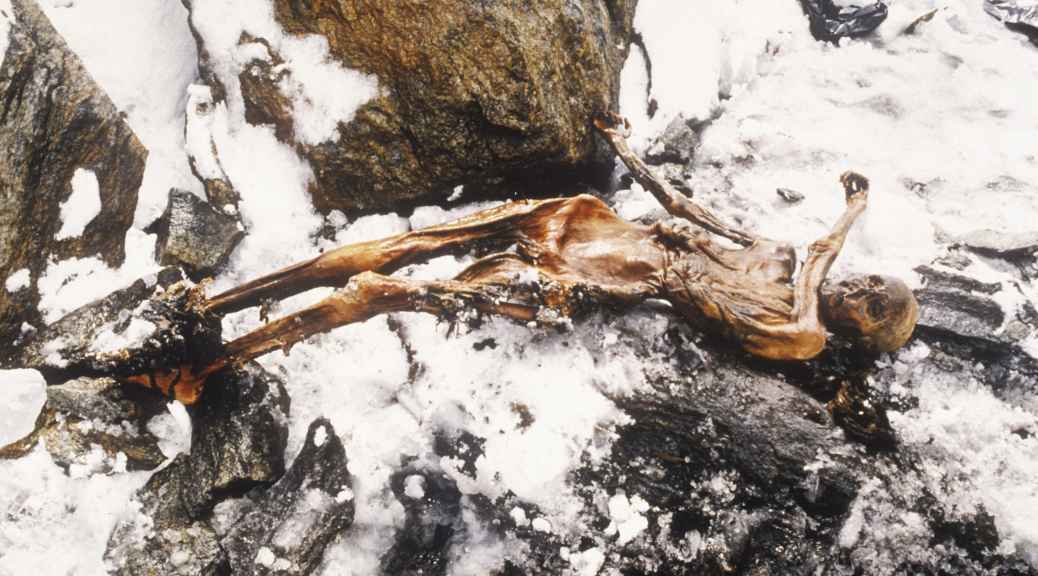
Ötzi’s remains continue to talk to us today. It is a lesson that the world needs to engage with. The fact that Ötzi fell sick quite often; but continued his journeys is a testament to the indomitable human will which forges ahead against all odds. In fact, it might even be called as the evolutionary trait which gave us an edge over other species; but far more significantly; Ötzi’s travels were made possible by a community which would take care of him when he fell sick. Each time he fell prey to disease or injury (as his skeletal remains reveal) he was nursed back to health. It would have been impossible for a Copper Age human to survive with disease all by himself. At best, you needed someone to make sure you were fed; at worst you needed someone to make sure you were not an easy target for predatory animals. The presence of a community which cared for its diseased and injured emerges if we let Ötzi’s bones and dried tissue speak to us. We are often quick to label ancient societies as barbaric and primitive; but as Margaret Mead, the renowned anthropologist has revealed to us, a broken human bone from 15,000 years ago which has healed naturally can be the greatest artefact in archaeology as it reveals human compassion kept us alive and together as a species.
The most fundamental human trait, unlike neo-liberalism would like us to believe is not greed, neither is it Ayn Rand’s self-interest. Early human studies reveal that it is compassion and a sense of belonging that kept humans together. We would not have survived as a species if it was not for the strong support networks and channels of information that we built in our initial stages as homo sapiens. ( Yuval Noah Harari, 2011)
That’s the message that Ötzi leaves for us from the Copper Age. As we move from the lockdown to ‘normal life’ albeit with restrictions, we need to remember to be compassionate to our fellow-beings; to continue supporting those who are in need; contributing to their welfare and most importantly not discriminate against those with the disease or ostracise them. In the light of mobs not allowing a dignified cremation or burial for those who have fallen prey to the disease because of the lack of clear information that the virus does not spread from corpses, even of health personnel who were on the frontlines of fighting the disease, the message needs to be send out to the general masses in a clear and firm language that social distancing should not end up with people being cooped up in self-centered circles. The catch phrase needs to be reworked to mean physical-distancing without social exclusion and not social distancing with the physical exclusion. In human history, more people have been saved by compassion than those killed by war. Civilisational collapse occurs when the strong networks of support, care and empathy between people break down in the face of external challenges. People outlive war or environmental shifts such as floods or droughts or wars if their networks are strong and resilient and cultures die out only when social bonds are weakened.
If Ötzi’s life leaves us with a message of compassion, his death leaves us with a warning. Those who pioneer ideas, who are different from the rest of us are the ones who are targeted as victims. Those who are brave enough to stretch the limits of what we know and how we live- in other words; those who are radically different are the ones which provoke intense emotions among us; for the basic fact that they are challenging our given ways of life. It is indeed our reluctance to change that makes them our enemies. We love to hate them; we are forever curious of them even while we envy them. It is human to have feelings; it is alright to resist change; but it is inhuman to bay for their blood. Whether it is the activists who were on the forefront of the social justice and citizenship rights struggles that our country has witnessed in the recent past or scholars who have challenged the status quo of hierarchy and power; the pandemic should not be used as an excuse to clandestinely remove them from the sites of struggle and to prisons where their voices cannot be heard anymore. History has often showed us that it is very likely that the social ‘deviant’ or the rebel or the unconventional who have furthered its cause more than the majority who have far more than often stuck to familiar lines. We are not sure how far Ötzi would have helped us in accelerating our advance from the Copper Age to the next stage in history. Ötzi cannot talk to us today; only his bones can; all we know is that the culture that he belonged to was left poorer by his voice being snuffed out. Five thousand years down the lane, if we still have not figured out how to live and deal with diversity; it only reveals the penury of our hearts.
If the Brick Lanes of Harappa Could Talk
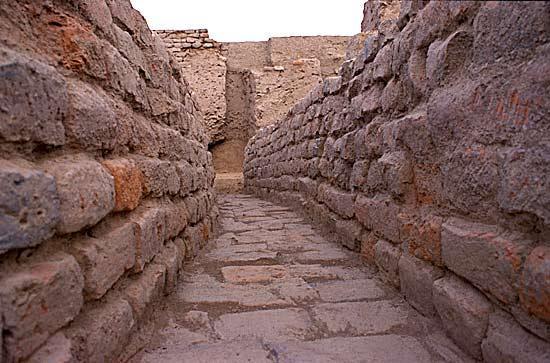
Back to the Indus Valley civilization, the archaeological culture also gives us pertinent clues about both cultural extinction and survival. Scholars have argued that it was a union of environmental change and epidemic which has led to the fall of the ancient civilization; a further analysis have also revealed that the Harappans may also have been struck by economic crisis. (Shereen Ratnagar, 2003). As excavations from Harappa; one of the largest cities of Indus Valley civilization, have revealed, it was a civilization marked by huge economic disparities. The grave sites and burial goods reveal a story of their own. It is usually assumed by archaeologists that relative abundance of burial goods corresponds to wealth and a lack of the grave goods indicates the economically less privileged. At Harappa, it has been observed that the epidemiological profile corresponds to the economic distribution. This indicates that the risk of social suffering was directly proportional to access to resources. To put in simplistically, the wealthier you were; the less were your chances of dying owing to contagious disease.
The Indus cities were socially heterogenous, economically stratified and culturally uniform; the pluralism contributed to the stability and economic robustness of the civilization. The reduction in diversity is a phenomenon that is associated with later phases during the decline of the civilization. The trade with the Mesopotamian civilization, also registered a deceleration during the phase of decline. Certain archaeologists have also noted an increase in violence, in particular, intra-personal violence is linked to the period of decline. (Gwen Schug, Elane Blevins and Mushrif Tripathy, 2013). Any society besought with a contraction of commodity-exchange( an indication of economic crisis) owing to the environmental changes and disease will be expected to witness a certain degree of violence. It is only effective state intervention which can remedy the crisis. Of course, one cannot expect an early state or a chiefdom situation like Indus Valley civilization to have risen to the challenge; but a modern-day state can.
Faced with a globally unprecedented calamity, a responsible democracy is expected to come up with creative solutions to minimize violence and ensure mitigation of economic disparities. Any state which perpetuates economic stratification without attempting to lessen the gulf between the haves and the have-nots will witness either economic or social crisis when faced with a larger challenge of climate change or epidemics. An epidemic will bring to surface the pre-existing gulfs of economic and social discrimination in any given society. The burial sites of the graves of those who died of infectious disease with scare grave goods speaks for themselves; the poor pay the price for an epidemic dimensionally more than the rich. Movements for social justice such as those led by the ‘Black Lives Matter’ campaign in USA and several European countries is proof for the same. If the state does not intervene to take care of its own; the demise of the civilization is all but imminent. As ancient history clearly shows us, we need to introspect and ponder over state policy making to avert a major social crisis looming around the corner.
Malavika Binny is Assistant Professor at the Department of History, SRM University, Andhra Pradesh.

